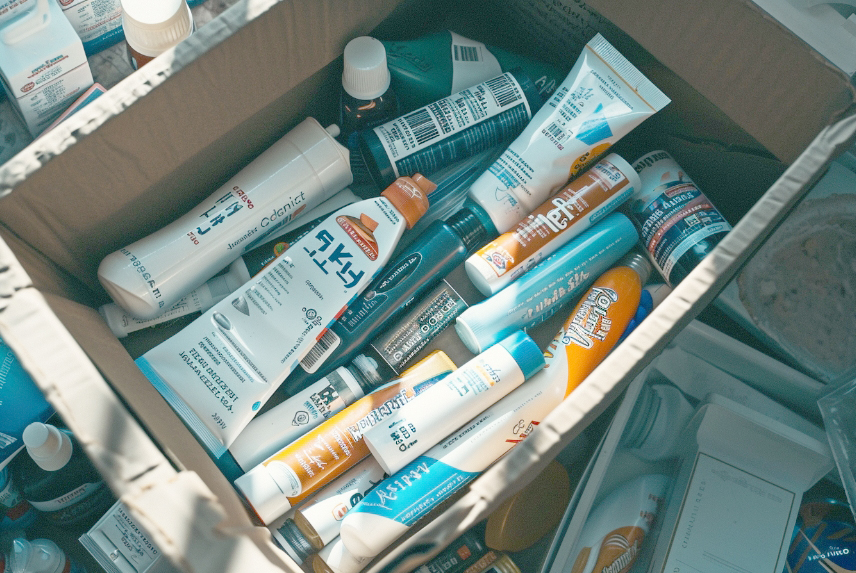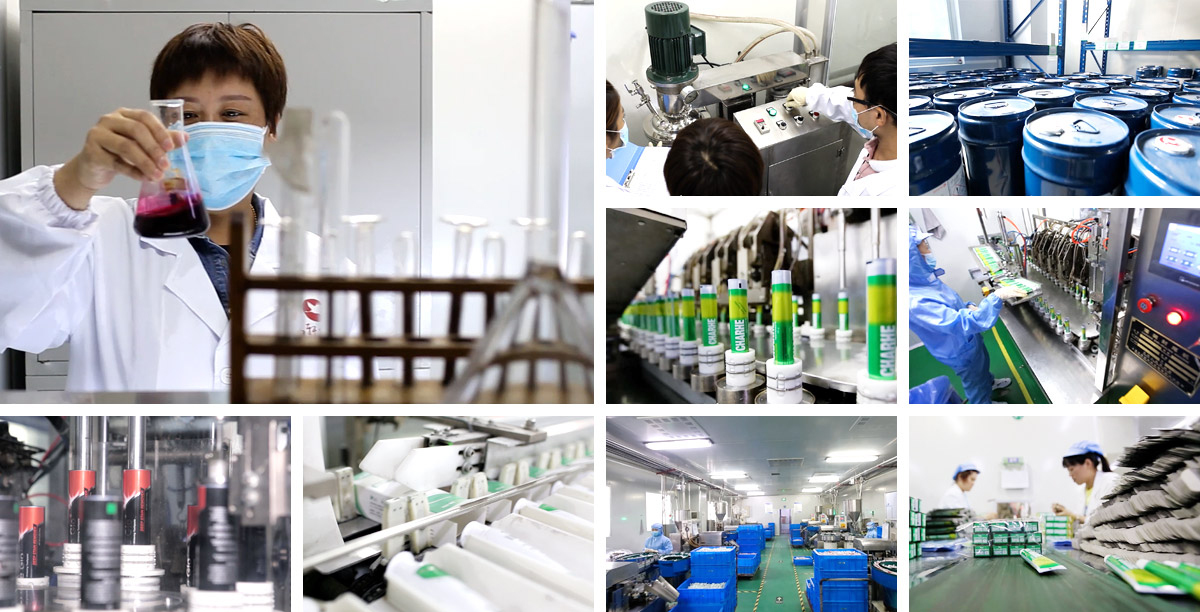Can Toothpaste Expire? Understanding Toothpaste Shelf Life
Toothpaste is essential in our daily hygiene routine, but have you ever wondered if it can expire? We rely on toothpaste to keep our teeth clean and breath fresh, but using expired toothpaste can pose some risks. In this article, we’ll explore everything you need to know about toothpaste shelf life, how to tell if it’s expired, and what happens if you use it past its prime. We’ll also discuss how to properly store toothpaste and the differences in shelf life among various types.
How to Tell if Toothpaste Has Expired
Toothpaste, like many other products, comes with an expiration date. This date is usually printed on the packaging and indicates the period within which the toothpaste is expected to remain effective. But how can you tell if toothpaste has expired if the date is smudged or not visible?
Changes in Texture and Consistency
One of the first signs that toothpaste may have expired is a change in its texture. Fresh toothpaste is smooth and consistent, but expired toothpaste may become gritty or be separated into liquid and solid parts. If your toothpaste feels different when you squeeze it out, it might be time to get a new tube.
Altered Smell and Taste
Another clear indicator of expired toothpaste is a change in its smell or taste. Fresh toothpaste usually has a pleasant, minty scent, but it might smell off or even rancid if expired. The taste might also become bitter or unpalatable, a vital sign that it’s past its prime.
Color Changes
Pay attention to the color of your toothpaste. If it looks darker or has yellowed, it could be a sign that the ingredients have degraded. Toothpaste should maintain its original color; any significant changes could indicate expiration.
Packaging Integrity
Check the condition of the packaging. The contents might be compromised if the tube looks swollen, leaking, or damaged. Exposure to air or moisture can accelerate the breakdown of the ingredients inside, making the toothpaste ineffective.
What Happens if You Use Expired Toothpaste
Using expired toothpaste might not seem like a big deal, but it can have some unpleasant consequences. Here’s what could happen if you use toothpaste past its expiration date.
Reduced Effectiveness
The primary concern with expired toothpaste is its reduced effectiveness. Over time, the active ingredients, such as fluoride, can lose their potency. This means the toothpaste might not effectively prevent cavities or fight plaque and tartar.
Increased Risk of Dental Issues
Using toothpaste that no longer effectively cleans your teeth can build up plaque and bacteria. This can increase the risk of cavities, gum disease, and other dental problems. You might think you’re cleaning your teeth, but you’re not getting the protection you need.
Unpleasant Sensory Experience
Expired toothpaste can taste bad or have a strange texture, making brushing your teeth an unpleasant experience. This might discourage you from brushing as thoroughly or as often as you should, further increasing the risk of dental issues.
Potential for Irritation
In some cases, using expired toothpaste can irritate your gums or the inside of your mouth. The breakdown of ingredients can lead to harsh chemical changes on sensitive tissues, leading to discomfort or even minor injuries.
The Average Shelf Life of Toothpaste
Most toothpaste manufacturers include an expiration date on their products. Typically, the average shelf life of toothpaste is around two years from the date of manufacture. This can vary slightly depending on the brand and the specific formulation.
Factors Influencing Shelf Life
Several factors can influence the shelf life of toothpaste:
- Ingredients: Natural and organic toothpaste might have a shorter shelf life because they lack preservatives.
- Packaging: Toothpaste in airtight tubes is less prone to contamination and generally lasts longer.
- Storage Conditions: Keeping toothpaste in a cool, dry place can help maintain its effectiveness for extended periods.
Checking Expiration Dates
Always check the expiration date when you buy toothpaste and periodically review the dates on the tubes you have at home. This simple step can help ensure that you’re using effective and safe toothpaste.
How to Properly Store Toothpaste to Extend Its Shelf Life
Proper storage is critical to ensuring your toothpaste remains effective for as long as possible. Here are some tips on how to store toothpaste correctly.
Keep It Cool and Dry
Store your toothpaste in a cool, dry place. Heat and humidity can accelerate the degradation of the active ingredients. The bathroom might seem like the prominent place to keep your toothpaste, but consider storing it in a cabinet or drawer away from the shower or sink to reduce exposure to moisture.
Seal It Properly
Always make sure the cap is tightly sealed after each use. This prevents air from getting in and keeps the toothpaste from drying out or becoming contaminated.
Avoid Direct Sunlight
Direct sunlight can also break down toothpaste’s ingredients. Please keep it away from windows or other sources of sunlight.
Use Smaller Tubes
If you don’t use toothpaste frequently, consider buying smaller tubes. This way, you’ll use it up before it expires.
Try Lidercare Now!
We Help You Launch New Products, And Continue To Grow. Try Us With 20% Off Your First Order!
Differences in Shelf Life Among Various Toothpaste Types
Not all toothpaste is created equal; different types can have different shelf lives. Here’s a look at how various toothpaste formulations compare.
Fluoride Toothpaste
The most common type of fluoride toothpaste generally has a shelf life of about two years. The fluoride content helps protect against cavities, but it can lose its effectiveness over time.
Whitening Toothpaste
Whitening toothpastes often contain additional ingredients like hydrogen peroxide or baking soda. These ingredients can degrade faster, potentially reducing the shelf life to 18 months.
Natural and Organic Toothpaste
Natural and organic toothpaste, which avoids synthetic preservatives, might have the shortest shelf life—sometimes as little as one year. If you prefer these products, pay extra attention to the expiration dates.
Kids’ Toothpaste
Kids’ toothpaste often has different flavors and formulations designed to be gentler. Its shelf life is typically similar to that of standard fluoride toothpaste, around two years, but checking the specific product is still important.
Prescription Toothpaste
Prescription toothpaste is available for those with specific dental issues. These often have specialized ingredients and should be used within the timeframe recommended by your dentist or the product packaging.
Conclusion
Understanding the shelf life of toothpaste and how to tell if it has expired is crucial for maintaining good oral hygiene. Using fresh, effective toothpaste ensures you’re getting protection against cavities, plaque, and gum disease. Storing toothpaste properly and paying attention to expiration dates can keep your smile healthy and bright.
FAQs
Can you use toothpaste after the expiration date?
While you can use toothpaste after the expiration date, it’s not recommended. The effectiveness of the active ingredients, like fluoride, diminishes over time, reducing the toothpaste’s ability to protect your teeth.
What are the signs that toothpaste has gone wrong?
Changes in texture, smell, taste, and color are signs that toothpaste has gone bad. Additionally, if the packaging is damaged or the toothpaste has separated, it’s best to replace it.
How should I store toothpaste to make it last longer?
Store toothpaste in a cool, dry place away from direct sunlight. Ensure the cap is tightly sealed after each use to prevent contamination and drying out.
Is it safe to use natural toothpaste past its expiration date?
Natural toothpaste past its expiration date is less effective and could harbor bacteria or mold due to the lack of preservatives. It’s best to adhere to the expiration date for these products.
Why does kids’ toothpaste have an expiration date?
Kids’ toothpaste has an expiration date because, like adult toothpaste, the active ingredients can lose effectiveness over time. Ensuring the toothpaste is fresh helps maintain its ability to protect young teeth.
Table of Contents
Awesome! Share to:
Latest Blog Posts
Check out the latest industry trends and take inspiration from our updated blogs, giving you a fresh insight to help boost your business.





